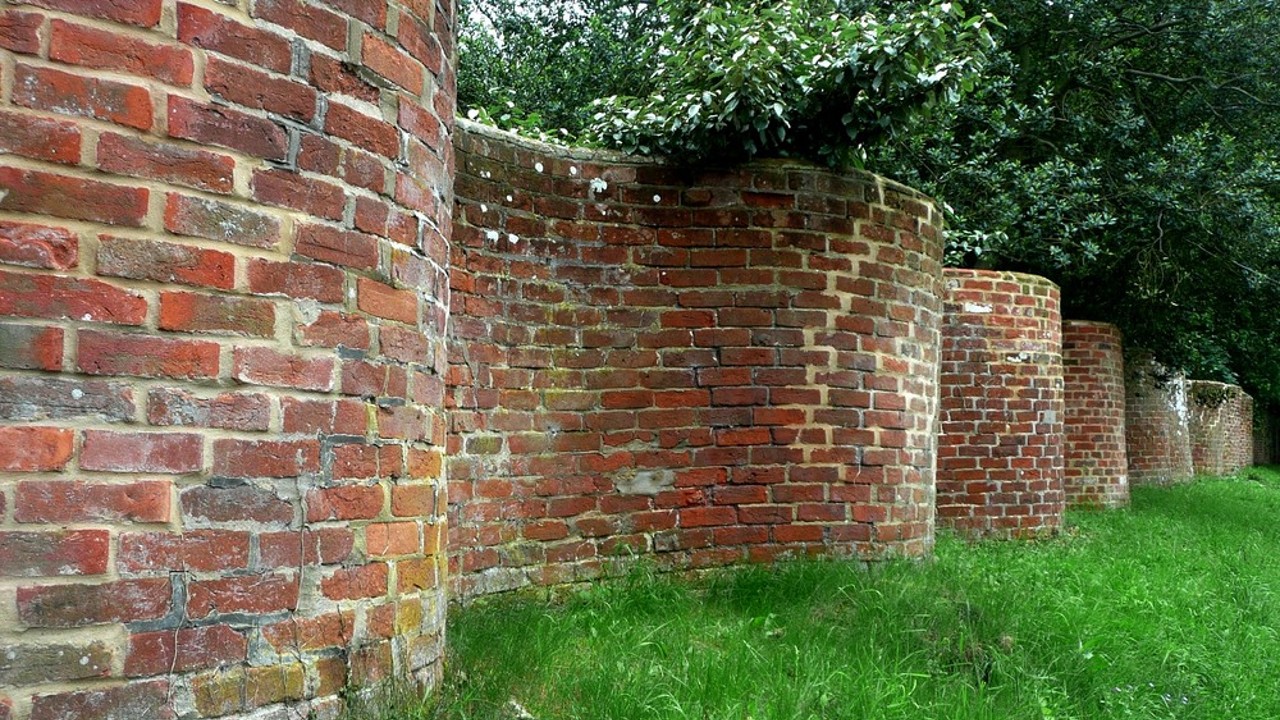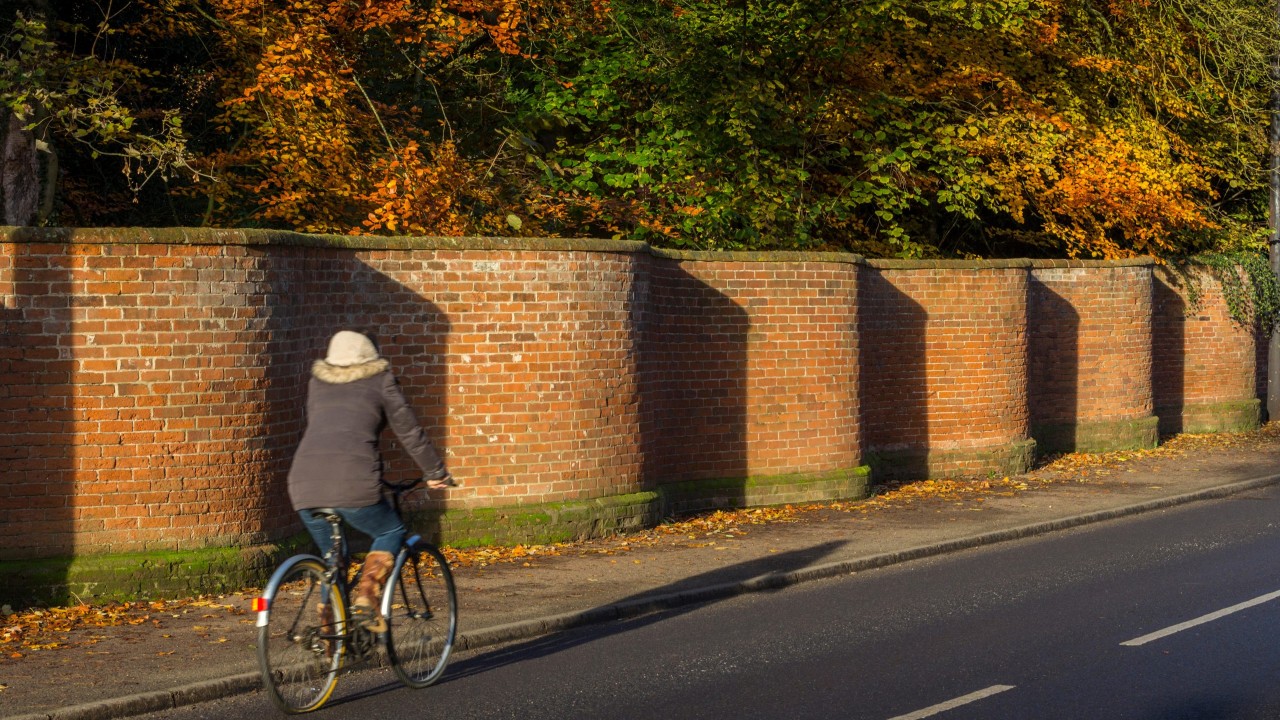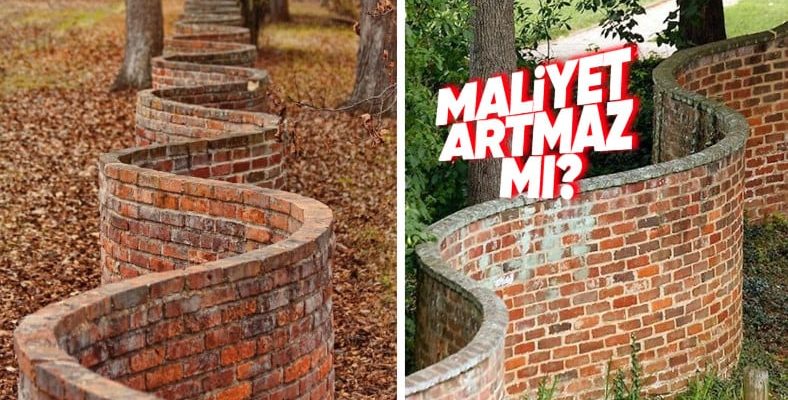Have you ever seen a “wavy wall” before? It’s actually quite popular in the UK. Why might the British prefer these wavy walls when more bricks should be used in this way?
Compared to a single row of bricks, wavy walls, which are common in England, using more bricks is expected. Well, isn’t the cost increasing then? No!
It is thought to require more bricks because of the waves. making it possible to save money Let’s take a look at the ingenious engineering behind these waves.
The use of wavy walls dates back to ancient times.
Wavy walls, also known as crank walls, curved walls or strip walls; In the 1300s BC, III. During the reign of Amenhotep In the city of Aten, Egypt It is estimated that it was also used.
There are also many more than 50 species in East Anglia and Suffolk (England’s ancient county of origin), where the Fens marshes were drained by Dutch engineers from the mid-1600s. A wavy wall was encountered.
These walls, which may be hated by lawn mowers, are part of the gardens of people living in England to receive constant sunlight, It was even knitted from east to west. Thus, the walls would block the wind.

The architecture of the University of Virginia, founded by former US president Thomas Jefferson in the 1800s, is also curved walls was added. Jefferson was the person who brought these walls to life at the university, combining fine calculations with aesthetics.
Curved walls, which are expected to increase costs, provide savings.

Wavy walls, which seem different at first glance, allow less material to be used compared to straight walls. The amount of material used on a wall, by multiplying its length and thickness is proportional. A straight wall needs at least two layers of bricks to have good durability, but wavy walls can be made just one brick thick.
Thanks to the arch support provided by the waves, these wavy walls are more durable. Convex and concave curves on the wall, provides stability and helps resist lateral forces such as wind pressure. Thus, it brings 35% brick saving. Really clever, isn’t it?
If it doesn’t sit right in your mind, let’s explain it with a simple example:

Take a piece of A4 paper, fold it in half lengthwise and cut along the fold. If you try to place one of the pieces upright, it will probably fall with the slightest movement. The other piece, like we used to fan when we were little. fold in a zigzag pattern and try to put it somewhere. Isn’t it much more durable? This simple experiment proves how wavy walls provide strength.
What do you think would happen if there were such curved walls in Turkey?
Our other content that may interest you:
RELATED NEWS
Why are the walls of some dams built sloping? Pressure is not the only reason!
RELATED NEWS
8 Information Proving That Machu Picchu, Built with Almost No Iron Tools and Tools, Is a Real Engineering Wonder
RELATED NEWS
